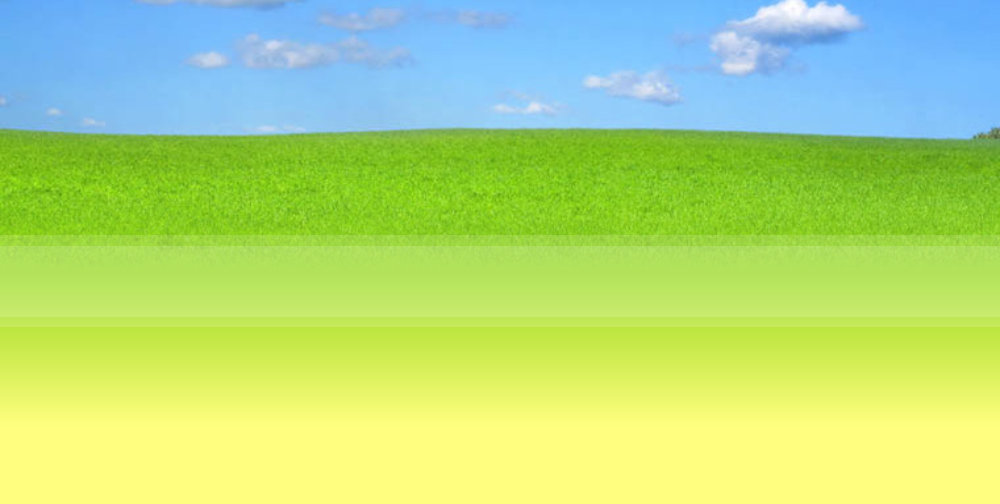

© Noel Harrower 2018

John Harrower was the third son of Robert Harrower and his wife, Janet Wilson who
were tenant farmers at Balgownie Farm, Culross, Fife. John married Margaret Reid and
later took the tenancy of Righead Farm, which bordered Balgownie. There were several
families called Harrower in that area at the late 1700’s and early 1800’s. They were
almost certainly related. Most of the land belonged to the Erskine Cunningham family,
and Balgownie was the main or Mains Farm. The origin of the old Scots name is
recorded as meaning “Place of the Smiths”. The land had once belonged to the Cistercian
Abbey at Culross and there was evidence of a smithy there as well as a farm. The first
reference to a Harrower family living there that I have come across was in 1718. Three
generations of Robert Harrowers tenanted Balgownie from around 1750 to 1820. This
seems to indicate that the landlords considered them to be reliable. Robert’s eldest son
was given the responsibility when his father grew old, and again this happened around
1800. This eldest son was yet another Robert.
The younger sons took charge of neighboring farms, the second son, David, farmed
Balgownie Park and the third son had Righead. Interestingly all this land is now absorbed
into the present Balgownie Farm. After he retired from this work, John moved into the
village and lived in a cottage at the rear of the Tolbooth, or town hall. John had several
daughters but only one son. He was called Robert, after his grandfather. This man trained
as a stonemason and got a job working on the estates of the Earl of Dunmore at Airth,
across the River Forth. The Earl also had lands on the other side of Scotland and he sent
several men over to Ardentinny in Argyll, where he had started building a seaside resort
at Dunoon. This was where Robert met Catherine Currie, who was a farmer’s daughter.
My aunt Louie was told by her great-aunts that they had eloped because her parents had
other ideas for their daughter. I later discovered that they were married in a remote
country church called Invercholain in 1817, which would seem to verify this tale.
After working for some time in Renfrew, where a daughter was born, Robert eventually
returned to Culross with his family. When his father died, Robert bought a larger property
which according to the deeds was in a ruinous state. He re-roofed and reconstructed it as
a family home, calling it “The Hollies”, and established his building business in the yard
behind the house. Catherine opened the first village stores in an adjoining building and in
1830 the first Post Office was added in an annex called Thistle Cottage. There were six
daughters and two sons. The eldest girl, Jane, never married. She became a companion to
a reclusive woman descended from the Erskine Cunningham family, who lived in a
rambling edifice called “Dunimarle Castle”.
The eldest son, John emigrated to America. The second son, Robert, my great grandfather
worked at the Erskine Beveridge Linen Works in Dunfermline, but moved to Manchester
in the 1850’s where he married and started the Lancashire Branch of the family. Of the
other daughters, Catherine married and had a big brood of Scottish cousins, but the only
ones likely to be living, Michael and Rosalind Bellaby, moved to somewhere in New
Zealand in the 1970’s. Barbara married late and had no issue. Isabella, Agnes and Janet
did not marry but carried on the shop business and did hand embroidery in their own little
cottage industry, making net curtains and tableware. They were buried in the family
grave in the Abbey Churchyard, along with their parents.
Culross is now a living museum. The eighteenth century cottage architecture has been
lovingly restored by the Scottish National Trust. It is a village of cobbled streets and
white washed houses, with red pan-tiled roofs - a dream of a bygone age.
I first visited it with my parents and my aunt in 1956. The only Scottish relatives
we knew of were then living in Edinburgh. The Forbes family descended from Catherine.
I have visited the area may times since and done my research in the Scottish Record
Office, where I found evidence for this brief memoir.
Noel Harrower

John Harrower of Righead Farm and his son Robert
Website by Rob Masding






















